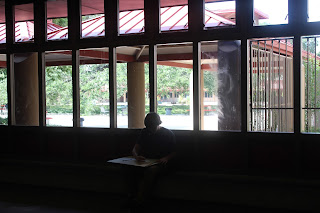THE CAMERA
1. The "camera obscura" is where you have a dark room or box and you cut out a small hole in the box and put a piece of special paper behind the hole in the black box. The light shines on the special paper and the image on the paper shows up upside down in the black box.
2. In the 17th century Isaac Newton and Christian Huygens made the process of making high quality glass lenses better.
3. Niepce created the film for the camera to create the first successful photograph taken.
4. The modern camera and the Niepce's version of the camera both still have the film and the camera lens.
5. The digital camera uses the CCD which is a electronic sensor where the photographs are stored.
CAMERA MODES
1. With audio mode the camera controls the flash and the exposure on its own. For the program mode you have to control the flash and the other camera settings.
2. The portrait mode the camera blurs out the background of the photo and focusses on one single point on the camera. Portrait mode is used for when you want to focus all on one single thing and nor have the images in the background show up.
3. For the sports mode the camera uses the fastest shutter it has possible to capture moving objects. You use it for when you want to take a good, clear photo of a fast moving object.
THE HALF PRESS
1. You half press on the trigger button because sometimes the camera doesn't focus on the object you want, so you half press on the trigger button and the camera focuses on the object you want to take a picture of. You also use the half press to allow the camera to prepare for taking a picture, you will be able to take a better picture when the camera is prepared.
CONTROLLING FLASH
1. The image on the Bowie website was the symbol used to indicate that flash is not on.
2. It all depends on what kind of picture you taking, if you taking a picture during the day time of flowers you wouldn't want to use flowers. If your taking a picture of the moon you would want to not use flash to capture the natural light of the moon and stars.
3. This symbol means that the camera will automatically turn the flash on if it thinks you need more light in the picture.
4. You would use this if you walk into a dark room and don't have time to manually turn the flash on.
INTRODUCTION TO EXPOSURE
1. When there is too much light in a photo the photograph will become to bright and you won't be able to see the images in the photo.
2. When the image appears to be to dark you will not be able to see any images in the photograph as well.
THE UNIVERSAL STOP
1. A "stop" is used to represent the charge of the brightness of light in a photograph.
2. The earth will be 1 stop bright if there is 2 suns instead of just one.
3. The Earth will be 2 stops brighter if there is 4 suns instead of just just one sun.
SHUTTERS AND APERTURE
1. The longer the shutter is on the camera the more light allowed inside the camera and the more light you have the brighter the image is and more of the image will be taken.
2. With the shutter having a shorter speed there is less light able to come into the camera and the less of the image you are going to take.
3. The aperture controls the amount of area of light taken in by the camera. The larger the aperture the more light able to come into the camera.
4. You can increase the amount of light taken into the camera by making the aperture bigger on the camera when you take a picture.






























